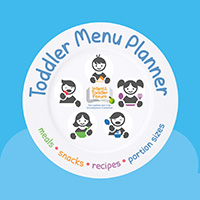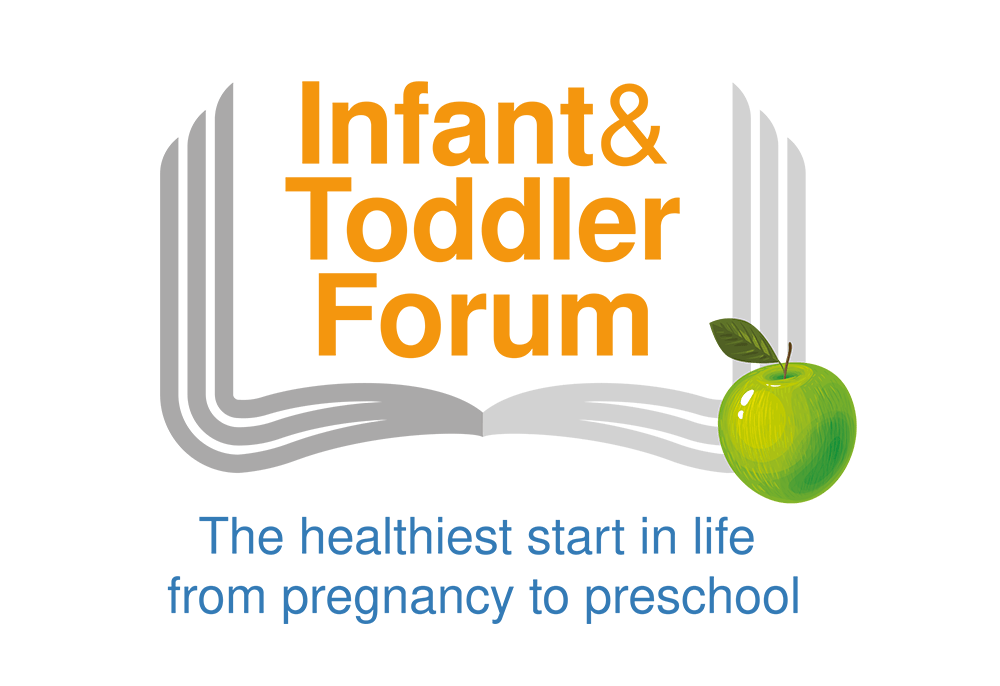
Use our Toddler Meal planning tool to ensure your 1-4 years old receives a balanced diet every day.
Find out more >
Use our toddler food tracker to check that your 1-4 year olds are getting a good balance of foods and activity
Find out more >
This educational programme for frontline professionals contains a range of practical resources on infant feeding.
Find out more >Guidance & Tips for Parents
When your baby is ready to begin weaning, feeding responsively is vital to allow them to move from a milk-based diet to food-based diet, as food provides more energy and nutrients in smaller amounts.
There are no set food or milk feed portion sizes for babies under 12 months of age because babies develop their feeding skills at different ages and grow at different rates. That is why it is important to recognise feeding cues to ensure your baby receives just the right amount for them.
Hunger cues will vary depending on your baby’s age and progression.
|
Approximate age |
Hunger cues |
|
4 – 6 months |
|
|
5 – 11 months |
|
|
10 – 12 months |
|
Satiation signals
Babies clearly signal to parents that they no longer want food or milk. They do this when tired from practising a new feeding skill or later when their hunger and thirst are satisfied for example.
Babies show that they have had enough food by:
- Turning their head away from the spoon
- Keeping their mouth shut
- Blocking their mouth with their hand or pushing away the spoon or food
- Holding food in their mouth
- Crying
Older babies will:
- Throw food
- Signal ‘no’ in response to unwanted food given to them
- Vomit
Overriding these signals and forcing babies to take more food or milk than they need can cause excess weight gain, increasing the risk of childhood obesity. It also makes the mealtime a negative experience for your baby.


